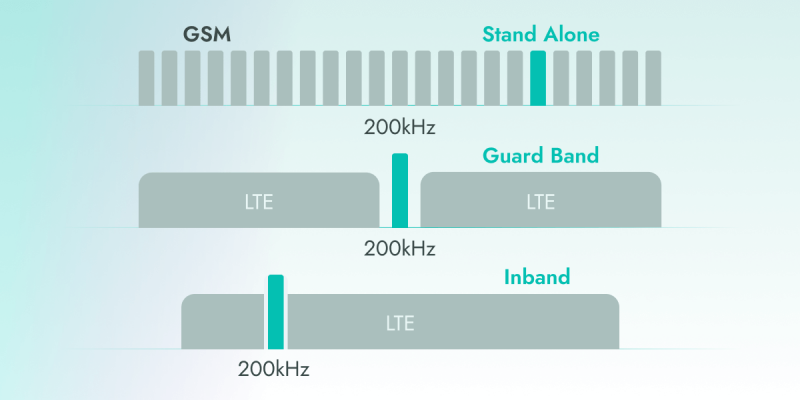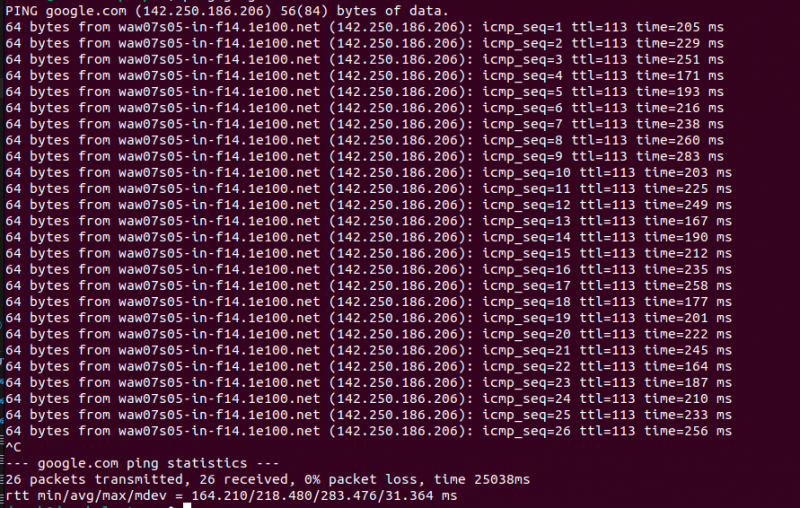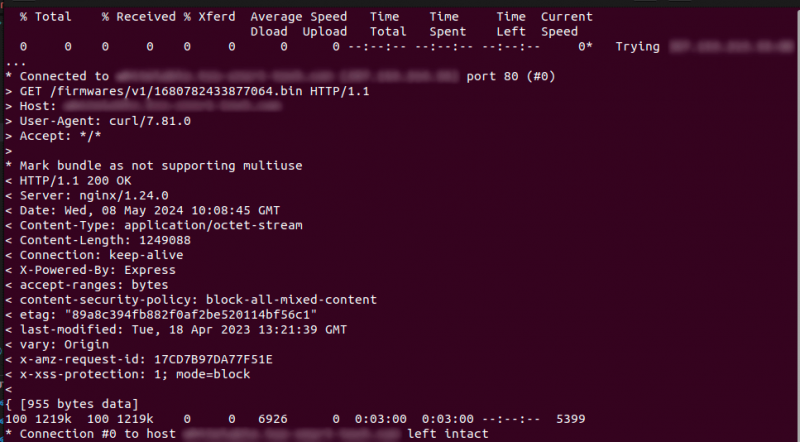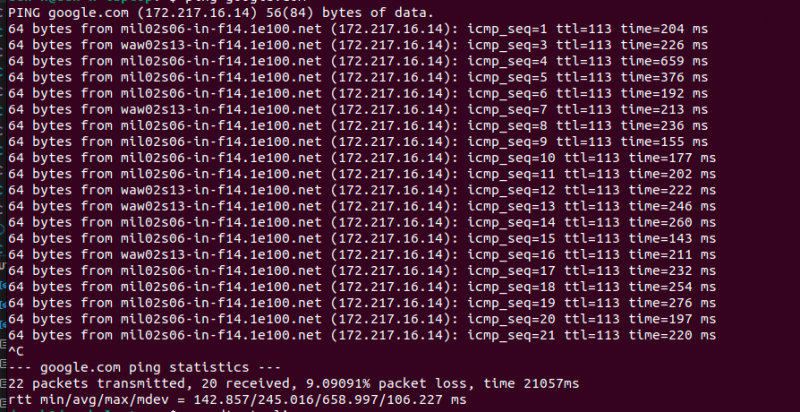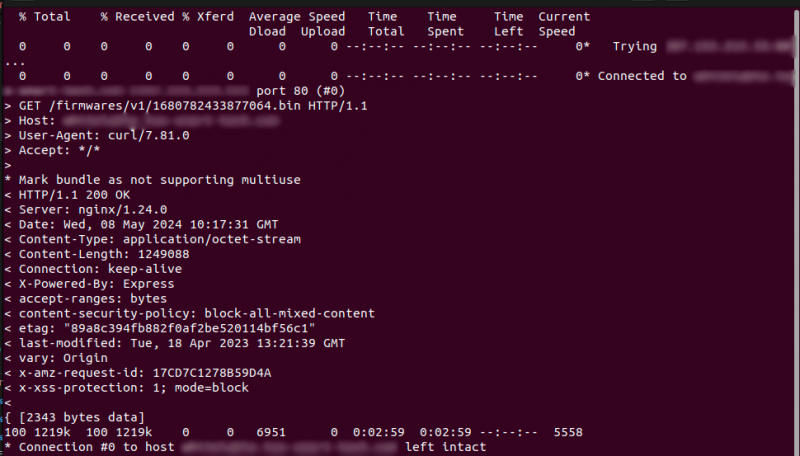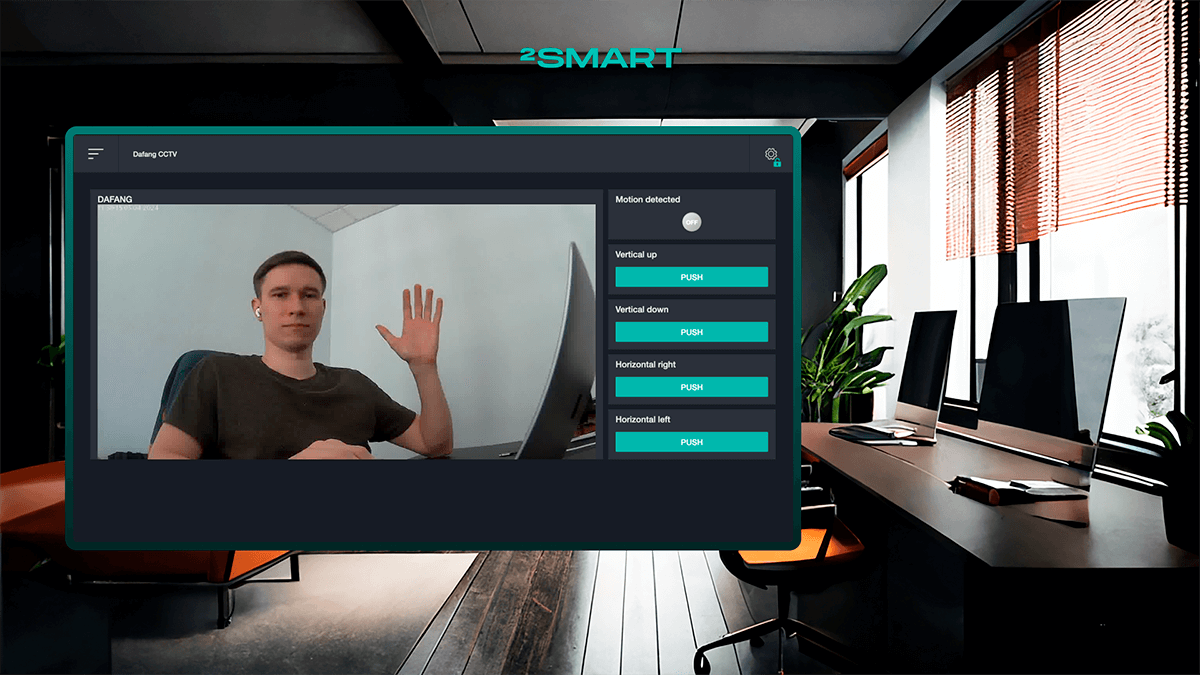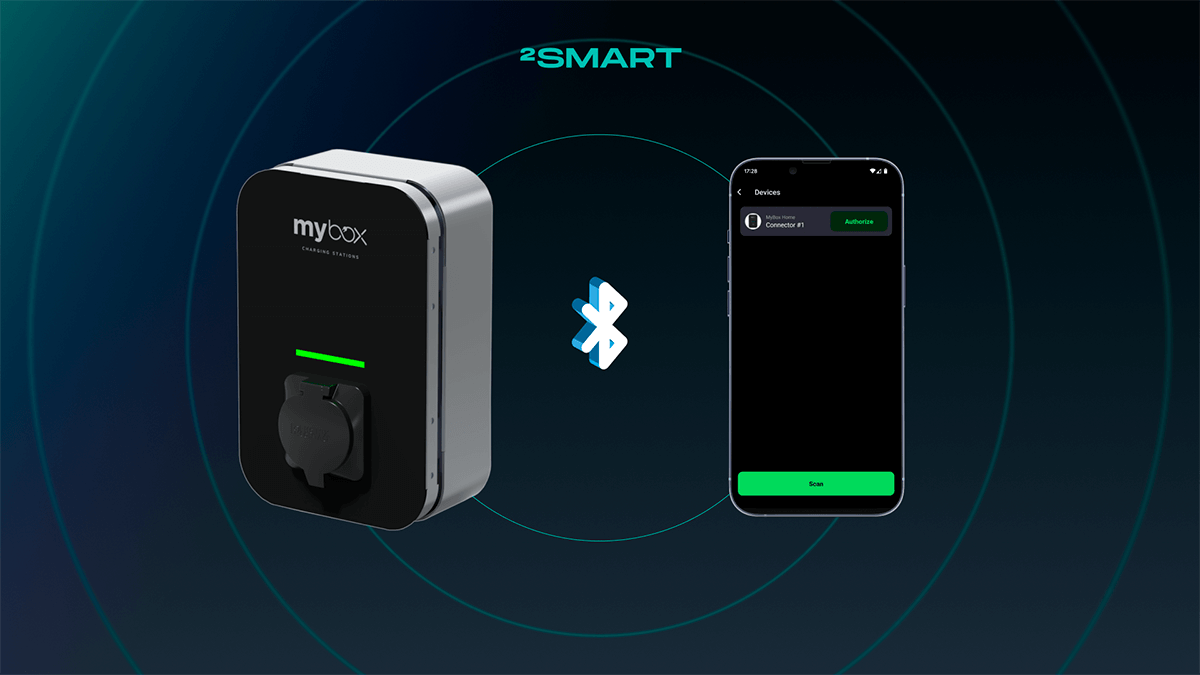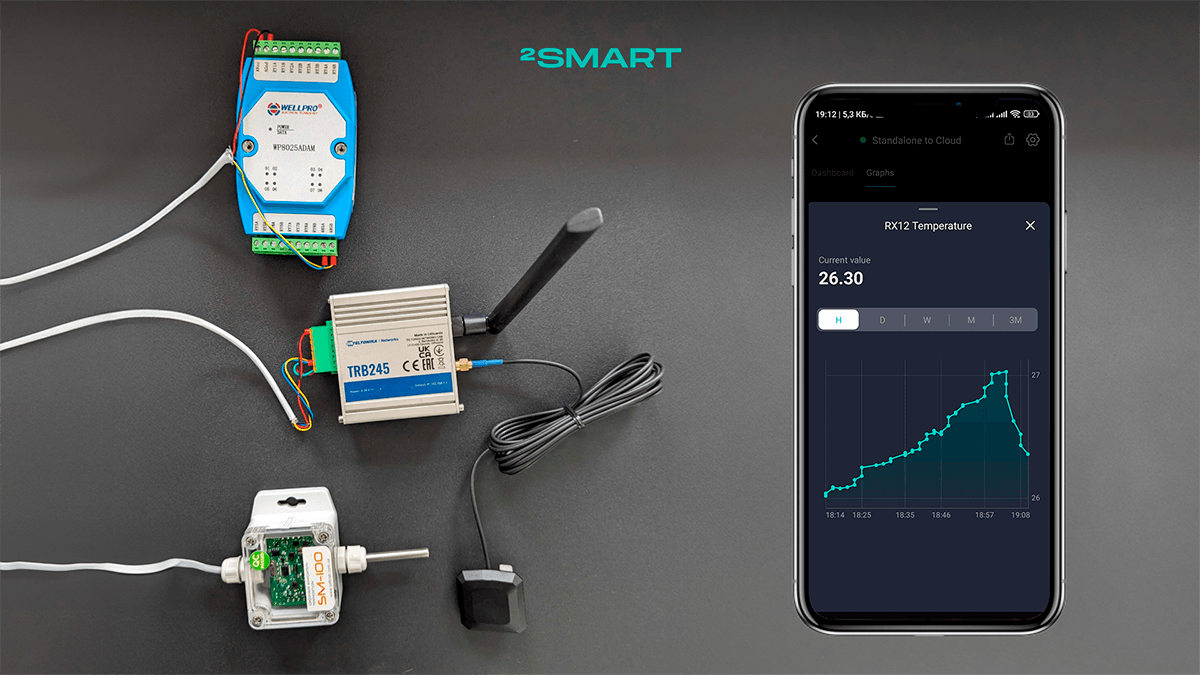Table of contents:
As we work on advancing our platform or solving current tasks for our clients, we at 2Smart continually expand our expertise by integrating Internet of Things technologies that we have not previously used or been familiar with. One such example of an unconventional data transmission standard for us has been the Narrow Band Internet of Things (NB-IoT), which we discovered as part of R&D for one of the 2Smart Cloud projects. In this article, we’ll delve into what NB-IoT is, how it operates, its advantages and disadvantages, and its application in the IoT.
The Backstory: How We Discovered NB-IoT
While conducting R&D for one of our clients at 2Smart Cloud, we explored the possibility of using the ESP32-S3 chip as a Wi-Fi router. However, we needed the internet connection to be via LTE rather than through another Wi-Fi STA or Ethernet.
The idea was for the ESP32-S3 chip to act as a network gateway for other ESP32-based devices, which served as monitoring sensors in the system. Gathering data from these sensors in a deployed local Wi-Fi network, such a gateway should transmit them to the cloud MQTT broker.
Among the equipment for this experiment was an LTE modem, which had a note on its case and documentation indicating that it was designed for use with the NB-IoT standard, something we had not encountered before.
After successfully assembling and launching the described setup, we found that the data transmission speed was significantly lower than expected and much lower than what we’re accustomed to with everyday LTE use. For more detailed results, see the section “R&D Results” below.
As we delved into the reasons behind the low connection speed, we realized that it was due to the NB-IoT standard being used. We immersed ourselves in the details of how this standard is structured and operates and learned about its advantages and disadvantages and its sphere of application.
Let’s collaborate
We’re empower your business with our technology expertise
How NB-IoT Works
Narrow Band Internet of Things (NB-IoT) is a cellular communication standard designed specifically for Internet of Things devices. Moreover, it is specifically tailored for telemetry devices that transmit small amounts of data.
The 3GPP consortium, which develops specifications for mobile telephony, has proposed three IoT standards for cellular networks:
- Enhanced Machine-Type Communication (eMTC) – offers the highest throughput and is deployed on LTE equipment.
- Narrow Band Internet of Things (NB-IoT) – provides moderate throughput and can be deployed on both LTE cellular network equipment and separately, including over GSM.
- Extended Coverage GSM IoT (EC-GSM-IoT) – offers the lowest throughput and is deployed over GSM networks.
Thus, NB-IoT is a compromise in terms of speed but is the most versatile in terms of deployment options. It can be used both in existing fourth-generation cellular networks and separately.
An important aspect of NB-IoT is that it’s a narrowband standard that operates outside the LTE spectrum. It typically operates in a very narrow bandwidth of 180 kHz and can be deployed within the guard band of the LTE network, which sits between channels in the unused part of the spectrum. It can also operate in the unused 200 kHz bands that were formerly used by GSM. This explains the low connection speed.
R&D Results
We conducted testing of the solution in two scenarios, where the following clients were connected to the WiFi AP based on ESP32-S3:
- Only a laptop
- A laptop and a mobile phone.
Within each scenario, we performed three identical tests:
- Speedtest CLI (equivalent to the web version https://www.speedtest.net/) to check Download/Upload speed.
- ICMP request (ping) to google.com.
- cURL command to download a 1.2 MB file.
Here are the results we obtained in the scenario with only one laptop:
And here are the results for the pair of clients consisting of a laptop and a mobile phone:
Nevertheless, although the test results seem modest, NB-IoT has advantages that make it one of the best communication standards in the IoT segment it was designed for.
Advantages and Disadvantages of NB-IoT
When discussing NB-IoT, it’s important to consider its application area. This standard is designed specifically for telemetry devices in smart cities, smart agriculture, and industries that transmit very small data packets. Therefore, the low connection speed is not a fundamental drawback.
Here are the main advantages of Narrow Band Internet of Things:
- Ready infrastructure: The widespread deployment of fourth-generation mobile networks worldwide in 2024 makes it challenging to find areas without coverage. NB-IoT is available wherever coverage exists, and operators provide access to the technology.
- Massive network capacity: NB-IoT can support a massive number of devices by creating NB-IoT networks capable of connecting to billions of nodes. One base station can serve tens or hundreds of thousands of devices. Designed for extended indoor coverage, simpler devices enable connectivity over long distances.
- Low power consumption: NB-IoT does not require heavy operating systems like Linux or extensive signal processing, making it more energy-efficient compared to other cellular technologies. NB-IoT devices are much less complex. When using NB-IoT, the device’s battery life can last up to 10 years on a 5 Wh battery.
- Low device cost: Since simpler devices are easier to create, their cost is significantly lower, around $5 USD per module.
- Low connection cost: Examining the tariffs of mobile operators in Ukraine, we found that the subscription fee for special NB-IoT tariffs is only about $0.5 USD per month.
- Security: NB-IoT is as secure as 4G, including all encryption and authentication features based on SIM cards.
Regarding the drawbacks of the technology, deploying NB-IoT infrastructure in areas with poor or no mobile coverage can be challenging. However, in today’s conditions, most populated areas do not face such issues, so this drawback can be considered situational.
Another potential downside is that NB-IoT is more suited for stationary devices than mobile ones. This doesn’t mean that NB-IoT cannot be used for mobile assets and devices, but it does require considering some limitations. NB-IoT devices need to reselect cells while moving, and cell reselection affects battery life because it consumes more energy.
The application areas of NB-IoT include smart gas, water, and electricity meters, smart city applications such as intelligent street lighting and parking sensors, as well as other remote sensing applications that do not transmit frequent or large amounts of data. This also includes HVAC system management, industrial monitors, and agricultural sensors that monitor irrigation systems and detect leaks.
In the practice of the 2Smart team, there is a case where we used mobile connectivity to connect an IoT device to a cloud MQTT broker. This involves the Propuskator CPR-WGR access controller model, which, besides Wi-Fi, can use GSM, although the device is not LTE but rather 2G/3G cellular communication. Essentially, this is a case that could be solved today using NB-IoT because the access controller sends and receives small data packets, so data transmission speed and latency are not as critical.
Let’s collaborate
We’re empower your business with our technology expertise
NB-IoT vs LoRaWAN
The NB-IoT standard essentially serves as an alternative to LoRaWAN, and in a comparison of NB-IoT vs LoRaWAN, the former wins for several reasons:
- availability of existing infrastructure in many locations;
- higher data transmission speed and lower latency;
- initially higher security (special efforts are required to achieve the same level in LoRaWAN);
- affordable equipment costs.
At the same time, LoRaWAN may excel in certain usage scenarios, depending on the specific case.
Consider the task of collecting data from meters in a building as an example.
When using NB-IoT, there are two options:
- Connect an NB-IoT SIM device to a specific meter, transmitting data 1 to 1 (i.e., 1 IoT device per 1 meter).
- Connect all meters on a floor to a single IoT device, transmitting data from the meters on that floor to the main server.
In both cases, we have independent entities – either a specific meter or a group of meters. Even if one of them stops working for some reason, the others will continue to function, and the administrator will know exactly where the problem occurred.
In the case of LoRaWAN, we need to design the solution so that all meters have the ability to communicate with the gateway, and in the event of a problem, they can still find ways to reconnect to it. However, if there is a problem with the gateway itself, the entire system in the building will be disrupted.
Of course, in the example given, each option has advantages and disadvantages, but the more reliable option, especially when it comes to money, is the option of using NB-IoT.
Wrapping Up
Throughout our work at 2Smart, we continually explore new technologies and strive to expand our expertise. Recently, we successfully mastered the Narrow Band Internet of Things (NB-IoT) standard, discovering yet another option for implementing IoT devices. This experience has enriched our team, providing us with additional tools for implementing innovative projects.
NB-IoT’s applicability in smart cities, areas with limited Wi-Fi networks, and even places with insufficient LTE coverage, due to its improved throughput, are its key features. This standard offers new opportunities for connecting various devices and addresses issues related to limited availability of other types of connectivity.
With significant experience in the IoT field, we are ready to apply our newfound knowledge and skills in NB-IoT to implement projects for our clients. If you require an NB-IoT-based solution, don’t hesitate to contact us – we are prepared to assist with its implementation and successful integration into your business.
Don't forget to share this post!
Read Next
Let’s dive into your case
Share with us your business idea and expectations about the software or additional services.

